
Southeast Asia is the destination of today, a region rich with historic treasures, exotic cultures and amazing landscapes. Uniquely beautiful,...
Ha Long Bay
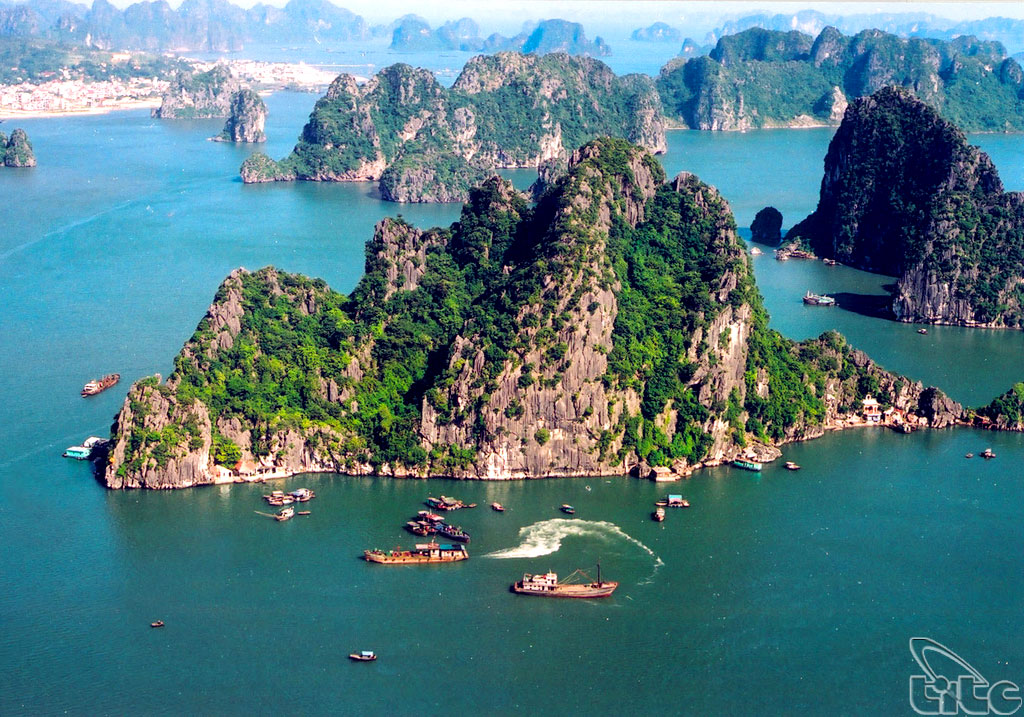 Situated in the north-east region of Viet Nam, Halong Bay is a part of Bac Bo Gulf and comprises the sea area of Halong City, Cam Pha Town and a part of Van Don island district, Quang Ninh Province. Halong Bay covers a total area of 1,553km², including 1,969 islands of various sizes, 989 of which have been given names. There are two kinds, limestone and schist, which are concentrated in two main zones: the south-east (belonging to Bai Tu Long Bay) and the south-west (belonging to Halong Bay).
Situated in the north-east region of Viet Nam, Halong Bay is a part of Bac Bo Gulf and comprises the sea area of Halong City, Cam Pha Town and a part of Van Don island district, Quang Ninh Province. Halong Bay covers a total area of 1,553km², including 1,969 islands of various sizes, 989 of which have been given names. There are two kinds, limestone and schist, which are concentrated in two main zones: the south-east (belonging to Bai Tu Long Bay) and the south-west (belonging to Halong Bay).
There are many names given to islands according to their shapes and forms such as Hon Dau Nguoi (Human Head Islet), Hon Rong (Dragon Islet), Hon Canh Buom (Sail Islet), Hon Trong Mai (Cock and Hen Islet)… But the beauty of Halong Bay does not consist only in the forms of its mountains, islands and the colour of its waters, but also in its infinitely rich system of grottoes and caves such as: Thien Cung (Heavenly Palace Grotto), Dau Go (Driftwood Grotto), Sung Sot (Surprise Grotto)…. Each is a grandiose and refined natural architectural creation. When to Ha Long, visitors will be attracted to the beauty of the local fisherman life at the floating village
Not only is the world heritage natural UNESCO named twice (1994 and 2000), Ha Long Bay is one of the New 7 wonders and always on the list of the most beautiful Bay in the world today.
Phong Nha – Ke bang National Park
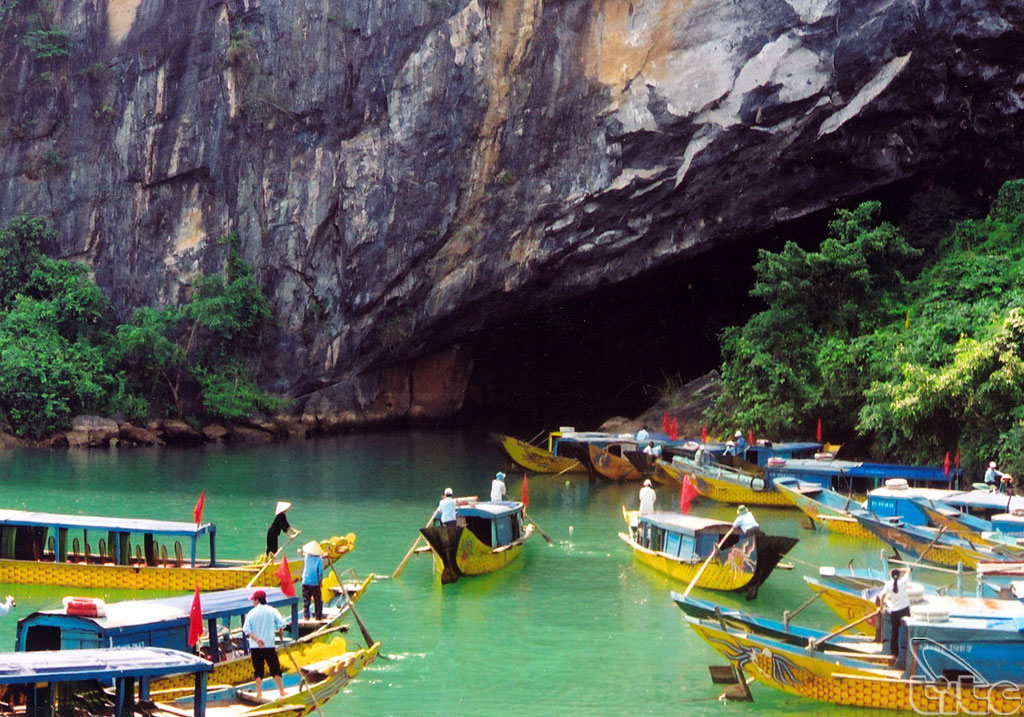 Phong Nha – Ke Bang National Park lies in Quang Binh Province - the central Vietnam. Covering an area of about 200,000 hectares, Phong Nha – Ke Bang situated in Quang Ninh, Bo Trach, Tuyen Hoa and Minh Hoa districts, is 50km northwest of Dong Hoi City.
Phong Nha – Ke Bang National Park lies in Quang Binh Province - the central Vietnam. Covering an area of about 200,000 hectares, Phong Nha – Ke Bang situated in Quang Ninh, Bo Trach, Tuyen Hoa and Minh Hoa districts, is 50km northwest of Dong Hoi City.
Phong Nha - Ke Bang can be compared to a huge geological museum thanks to its complicated geological structure with different categories of stone including sandstone, quartz, schist, siliceous limestone, granite, granodiorite, diorite, applet, pegmatite, etc. Phong Nha-Ke Bang is the oldest and largest tropical karst formed 400 million years during the main geological periods of the Earth, bearing the original topographic and geologic characteristics. Experiencing major tectonic phases, high mountain ranges and the depressed sedimentary basins were formed. These fluctuations have also contributed to the diversity of geology, topography, geomorphology.
In the non-karst geomorphologic area, there are many low mountains covered by a floristic carpet. The erosion has created a number of abrasion-accumulation terraces along the valleys of the Son and Chay rivers and at the margins of the central limestone massifs. The transition terrain consists of a diversity of rock intercalated by limestone mountains.
Here, in April 2009, the Association of expedition cave RAF was detected and announced the cave Son Đoòng cave is the world's largest (200m high, 150 meters wide, long-term at least grow by eight and one-half kilometers).
Central Sector of the Imperial Citadel of Thang Long – Hanoi
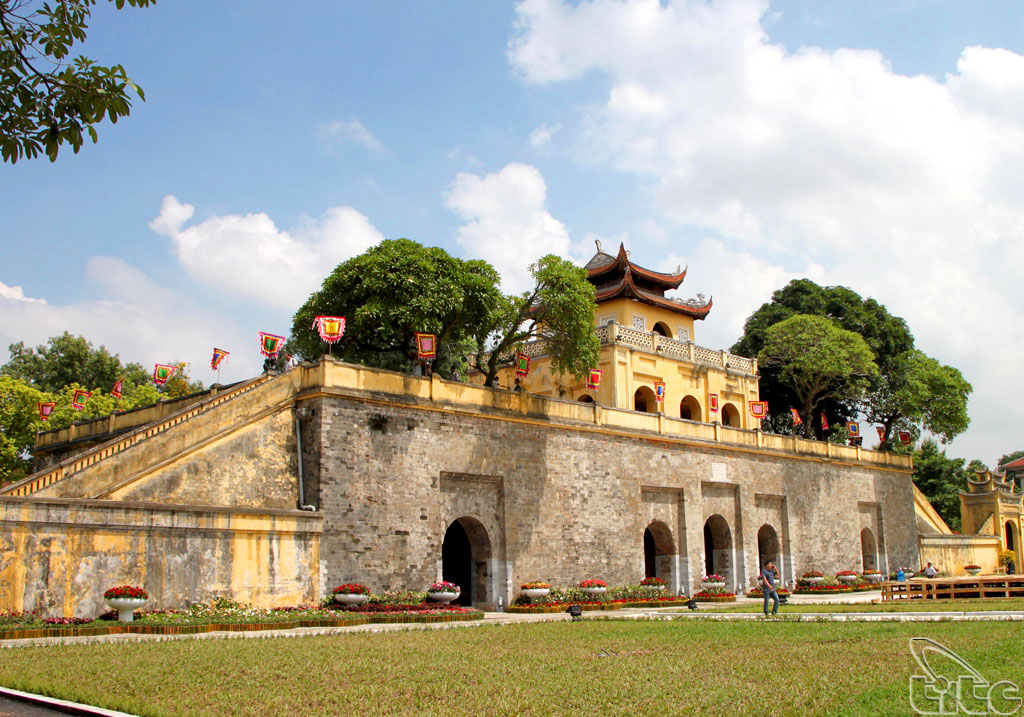 The central sector of Imperial Citadel of Thang Long – Ha Noi covers area of 18.395ha, includes archaeological area at 18 Hoang Dieu Street and relics in Ha Noi Citadel such as: Ha Noi Flag Tower, Doan Mon, Kinh Thien Palace, Building D67, Hau Lau, Bac Mon, Forbidden City wall and eight gates from the Nguyen Dynasty.
The central sector of Imperial Citadel of Thang Long – Ha Noi covers area of 18.395ha, includes archaeological area at 18 Hoang Dieu Street and relics in Ha Noi Citadel such as: Ha Noi Flag Tower, Doan Mon, Kinh Thien Palace, Building D67, Hau Lau, Bac Mon, Forbidden City wall and eight gates from the Nguyen Dynasty.
The Imperial Citadel of Thang Long – Hanoi is architectural vastness and was built in many stages history by the king dynasty and become important ones in the system of relic Vietnam. Following to over 10 centuries, the Imperial Citadel of Thang Long - Hanoi has been through a lot of change, but the center of the Citadel, especially Forbidden City, almost unchanged. Here, anthropologists have been unearthed by a large amount of pottery ambassador is the objects used in daily prince through many times. In addition, more money, pottery ambassador of China, Japan, Western Asia… is evidence that Thang Long had been a central cultural exchanges with countries in the region and receive the value of humanity.
The citadel of the Ho Dynasty
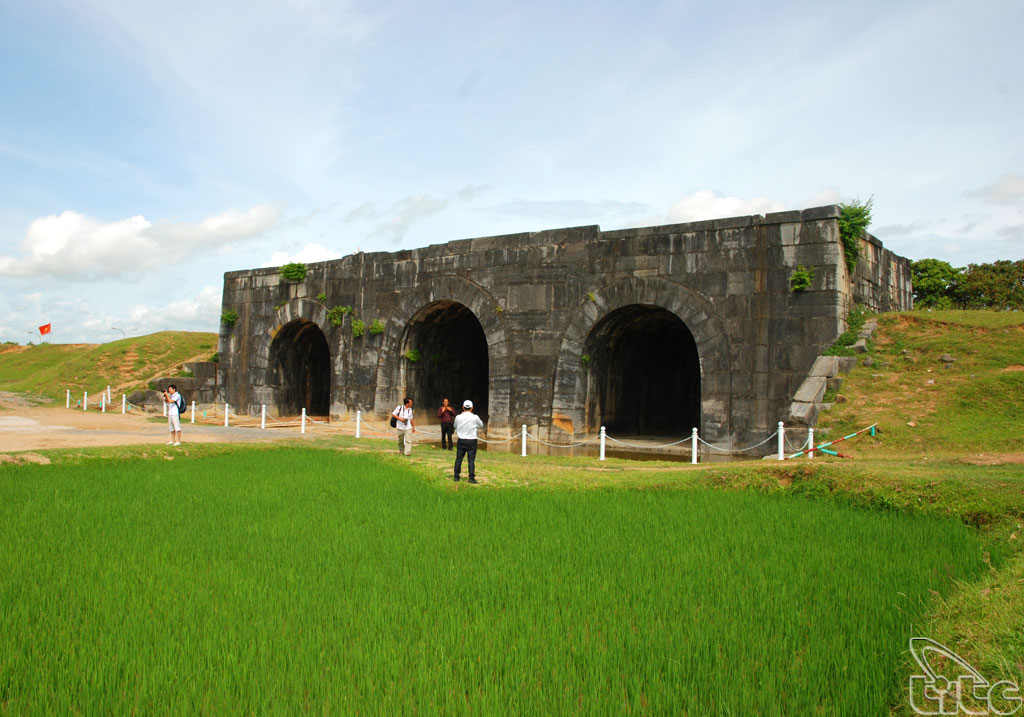 The citadel of the Ho Dynasty is situated in communes of Vinh Tien, Vinh Long, Vinh Quang, Vinh Yen, Vinh Phuc, Vinh Ninh, Vinh Khang, Vinh Thanh and Vinh Loc Town (Vinh Loc District), Thanh Hoa Province. It was the capital of Viet Nam from 1398 to 1407. The citadel of the Ho Dynasty was built in 1397 by Ho Quy Ly who was the highest-ranking mandarin of the Tran Dynasty at the time. This Citadel is considered as the only stone citadel remaining in Southeast Asia and is one of the few remains in the world.
The citadel of the Ho Dynasty is situated in communes of Vinh Tien, Vinh Long, Vinh Quang, Vinh Yen, Vinh Phuc, Vinh Ninh, Vinh Khang, Vinh Thanh and Vinh Loc Town (Vinh Loc District), Thanh Hoa Province. It was the capital of Viet Nam from 1398 to 1407. The citadel of the Ho Dynasty was built in 1397 by Ho Quy Ly who was the highest-ranking mandarin of the Tran Dynasty at the time. This Citadel is considered as the only stone citadel remaining in Southeast Asia and is one of the few remains in the world.
The citadel of the Ho Dynasty has met the two criteria specified in the World Heritage Convention. It is the criterion (ii), "to exhibit an important interchange of human values, over a span of time or within a cultural area of the world, on developments in architecture or technology, monumental arts, town-planning or landscape design," and the criterion (iv), "to be an outstanding example of a type of building, architectural or technological ensemble or landscape which illustrates (a) significant stage(s) in human history."
Complex of Hue Monuments
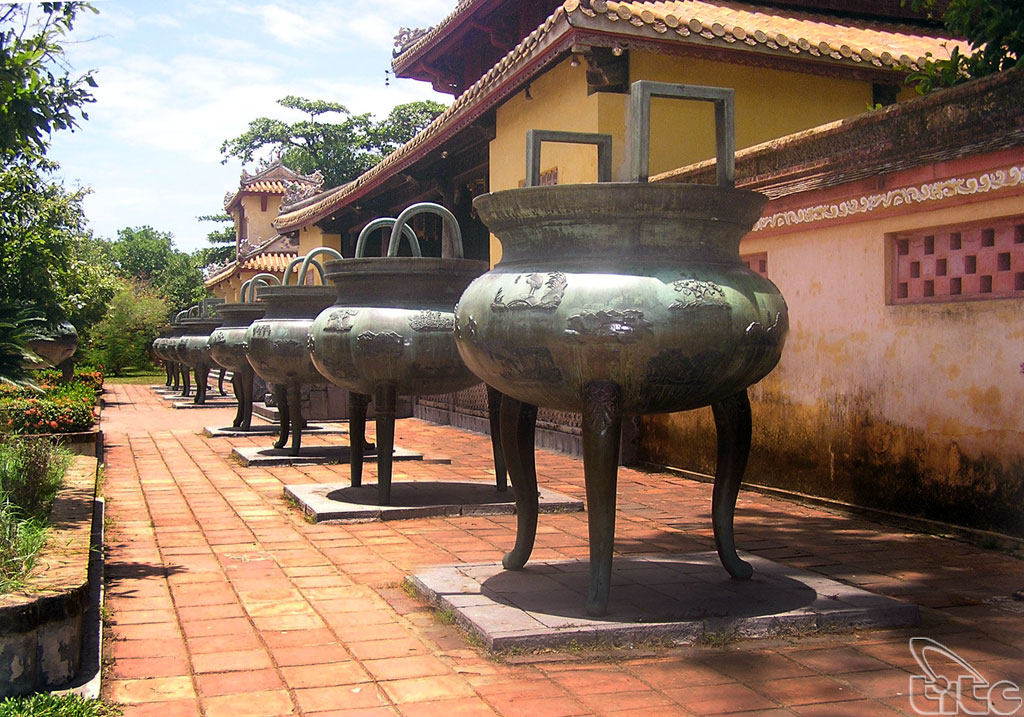 Complex of Hue Monuments lies along the Perfume River in Hue City and some adjacent areas of Thua Thien Hue Province. Hue City constitutes the cultural, political and economic centre of the province, and was the old imperial city of Vietnam under the Nguyen Dynasty from 1802 to 1945.
Complex of Hue Monuments lies along the Perfume River in Hue City and some adjacent areas of Thua Thien Hue Province. Hue City constitutes the cultural, political and economic centre of the province, and was the old imperial city of Vietnam under the Nguyen Dynasty from 1802 to 1945.
From 1802 to 1945, Hue was the capital of unified Vietnam under the reign of the 13 Nguyen Kings. During these years, architectural works of a high cultural and historic value were built: the Citadel, especially the Imperial City (including 253 constructions), 7 Royal tomb compound of 9 kings of the Nguyen Dynasty, the Esplanade of Nam Giao, the Ho Quyen arena and the Hon ChenTemple. Complex of Hue Monuments is the first legacy of Vietnam UNESCO named (December 1993).
Today, Hue Monument still retained the cultural heritage objects and non-object contains many symbolic value for wisdom and soul of Vietnamese.
My Son Sanctuary
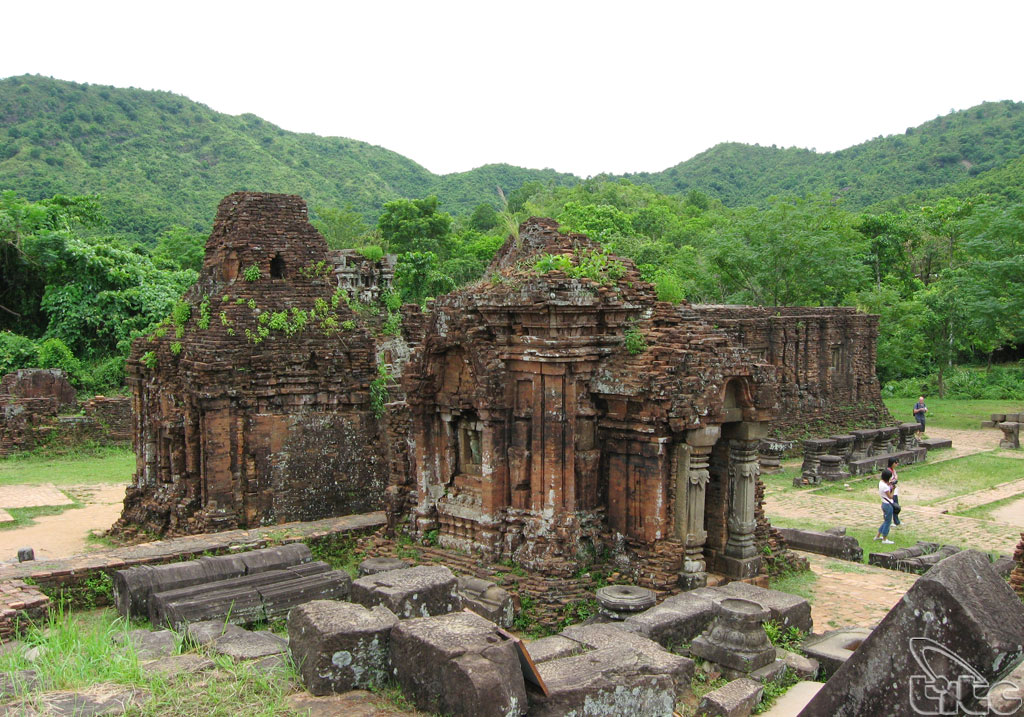 My Son Sanctuary is set in a small valley belonging to Duy Phu Commune, Duy Xuyen District, Quang Nam Province, about 70km southwest of Danang City and 40km from Hoi An City. Of the 225 Cham vestiges that are founded in Vietnam, My Son possesses 71 monuments and 32 epitaphs, the content of which is still being studied.
My Son Sanctuary is set in a small valley belonging to Duy Phu Commune, Duy Xuyen District, Quang Nam Province, about 70km southwest of Danang City and 40km from Hoi An City. Of the 225 Cham vestiges that are founded in Vietnam, My Son possesses 71 monuments and 32 epitaphs, the content of which is still being studied.
The first constructions date back to the 4th century under the reign of Bhadravarman for the worship of God Shiva-Bhadresvara. But later on, the temple was destroyed. The temples in My Son were built into groups that basically followed the same model. Each group was comprised of a main sanctuary (kalan), surrounded by towers and auxiliary monuments. The kalan, which is a symbol of Meru Mountain (centre of the universe, where the gods live) is dedicated to Shiva. The small temples are devoted to the spirits of the eight compass points. In the towers, topped with tiled, curved roofs, were stocked the offerings and sacred objects of the pilgrims. Cham temples do not have windows, so they are very dark inside. Windows are only found on the towers.
Hoi an ancient town
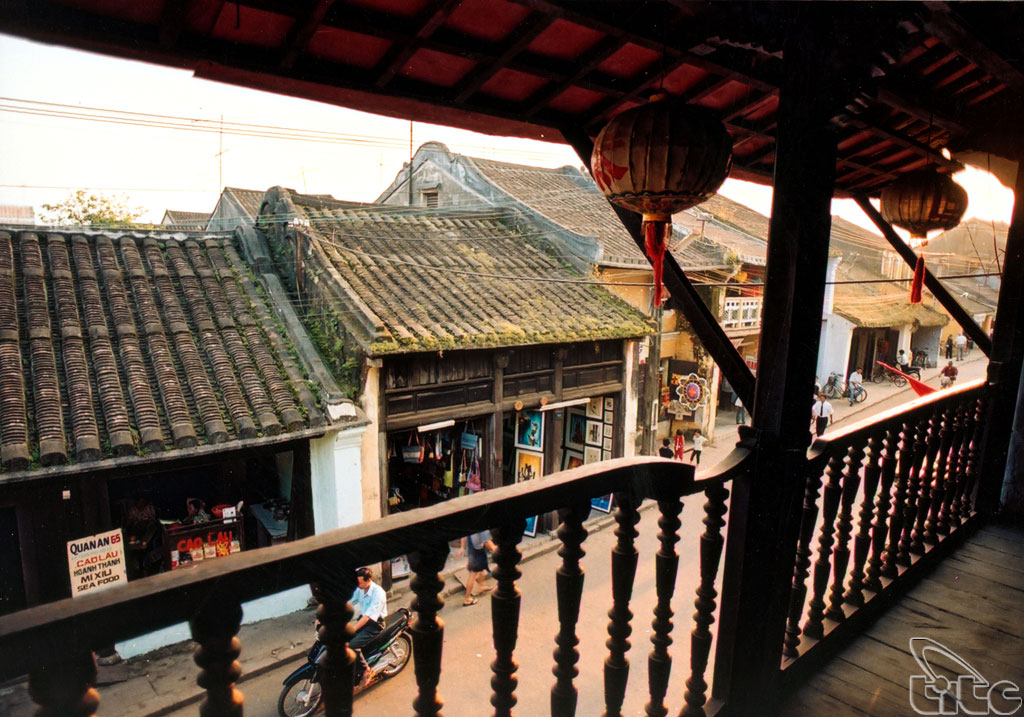 Hoi an ancient town is located in the downstream of Thu Bon River- Quang Nam provinces. Port is a type of traditional Southeast Asian market only in Vietnam, rare in the world, Hoi An keep almost intact more than a thousand relic architecture as city infirmary, houses, the bar, family, temple, shrine, church traditions, ancient wells, grave neck ... The architecture just themed art traditions of Vietnam, make the interaction with the cultural integration of East and West. Going through a lot of the century, many traditional food, customs, rituals, living culture, religious beliefs are stored, preserved with generations of ancient city. Hoi An has a natural environment, beautiful suburban little village and many traditional professions such as carpenters, the bronze, pottery ...
Hoi an ancient town is located in the downstream of Thu Bon River- Quang Nam provinces. Port is a type of traditional Southeast Asian market only in Vietnam, rare in the world, Hoi An keep almost intact more than a thousand relic architecture as city infirmary, houses, the bar, family, temple, shrine, church traditions, ancient wells, grave neck ... The architecture just themed art traditions of Vietnam, make the interaction with the cultural integration of East and West. Going through a lot of the century, many traditional food, customs, rituals, living culture, religious beliefs are stored, preserved with generations of ancient city. Hoi An has a natural environment, beautiful suburban little village and many traditional professions such as carpenters, the bronze, pottery ...
Copyright © 2024. All Rights Reserved to VNR Travel Co., LTD